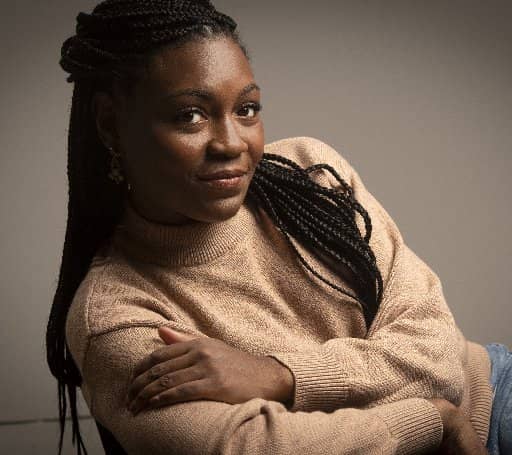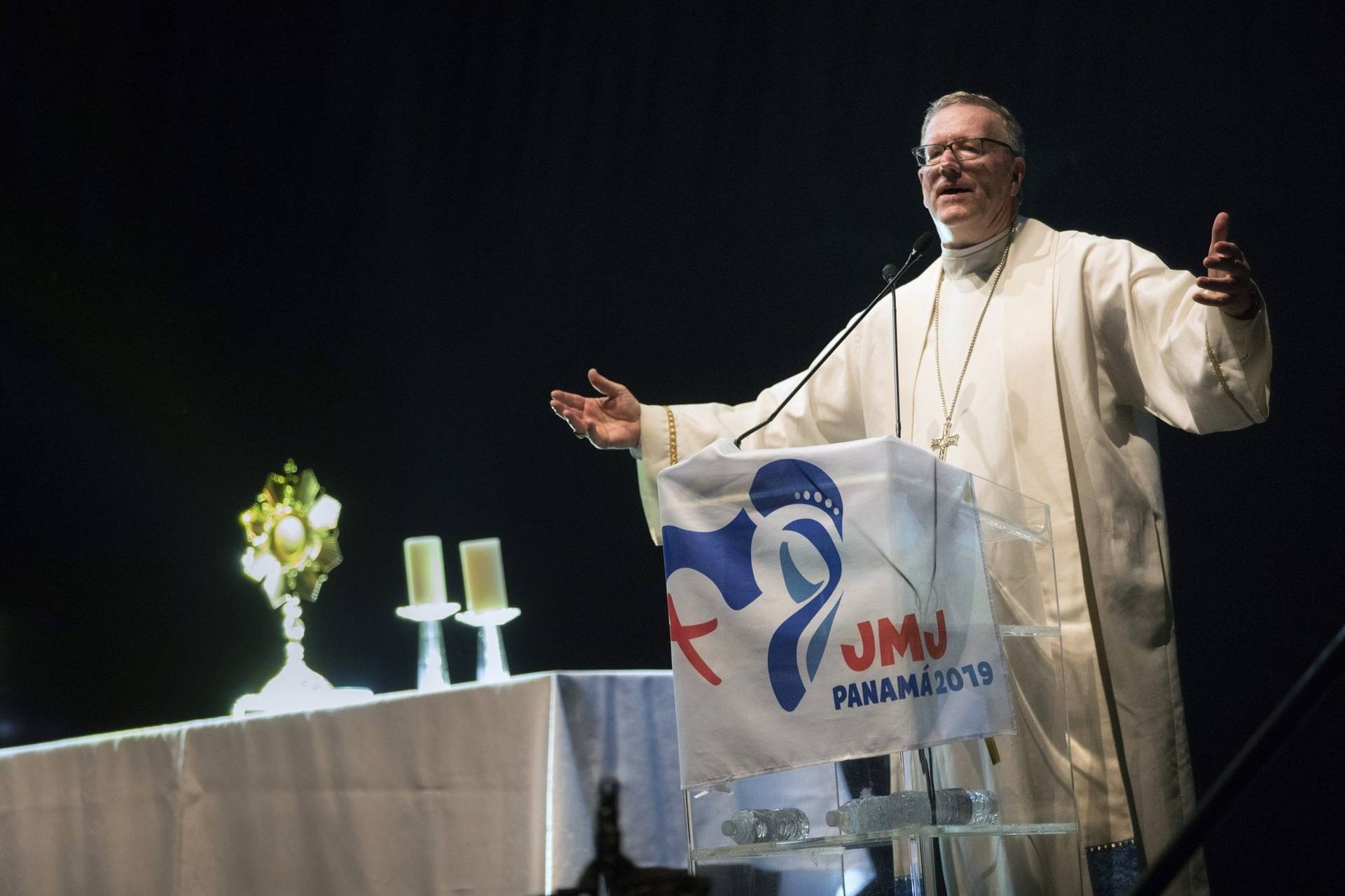Once again, we tell you what we’ve been reading when we’re not busy writing copy for you to read. While the titles we recommend aren’t all Church related, nor necessarily even new, here’s our annual look at what we’re up to in our (increasingly limited) down time:
Inés San Martín, Rome Bureau Chief
As is often the case, both of my book recommendations this year are in Spanish, and this time, both on Pope Francis — which is to be expected seeing my job description and nationality.
Though not yet available in English — which I believe is a crime — the two books I most enjoyed reading this year are El papa de la ternura (“The Pope of Tenderness”) by Eva Fernandez, and El papa de la alegría (“The Pope of Joy”) by Juan Vicente Boo, both written by Rome-based, Spanish Vatican reporters.
Both journalists have a deep respect for the Church, and have had it long before the election of Cardinal Jorge Mario Bergoglio as the head of the Catholic Church.
Often considered to be among the nicest — and most knowledgeable — people covering this beat, it came to no one’s surprise when Fernandez (Rome correspondent for COPE) and Boo (Rome correspondent for ABC) chose to write about the more “human” side of Pope Francis, one that is rarely in the news today, but which in many ways catapulted him into the global moral voice he is today.
The books are in no ways attempts to beatify the man. On the contrary, they show him as flawed and acknowledge the trials and tribulations of this pontificate. But they also describe the anecdotes and moments that have shown a pontiff who while acknowledging himself as a sinner, also serves as a reminder of the joyful impact of his small gestures of tenderness.
Christopher White, national correspondent
My two favorite reads this year on the Catholic beat were Gerry O’Connell’s The Election of Pope Francis: An Inside Account of the Conclave That Changed History and Austen Ivereigh’s Wounded Shepherd: Pope Francis and His Struggle to Convert the Catholic Church. The two titles bookend each other nicely, with Gerry, an old friend of the pope, chronicling the behind the scenes shifts that would lead to his surprise election and Austen’s account detailing Francis’s reform efforts and the resistance he’s faced along the way. Both are penned by first-rate journalists and are must-reads for anyone wanting to understand this papacy.
Patrick Radden Keefe’s Say Nothing: A True Story of Murder and Memory in Northern Ireland is a masterful account of the Troubles. This thrilling history reads like fiction, recounting the horrific years of crime, death, and deceit that roiled the Irish and from which they are still recovering.
I try to read mostly fiction to stay sane, and this year’s favorite was Tom Barbash’s The Dakota Winters. Set in the late seventies around the iconic Dakota apartment building, this book is a love letter to a rapidly changing (now bygone) New York and how one family — The Winters — navigates both professional and personal changes along the way.
Shannon Levitt, assistant editor and business manager
Once again, I had an eclectic reading year so there is no common thread tying my titles together. I just picked a few of the books that stood out for me this year, and I have already recommended them to friends, so I have no problem recommending them to all of you!
Look How Happy I’m Making You by Polly Rosenwaike is a collection of short stories all focused on the theme of motherhood. A good short story can evoke a lot of emotion in just a few pages. Rosenwaike is a very effective writer and gets her readers to think about all the things that go into deciding to be a mother and what it actually is like for some. She also writes stories for those who choose not to have children in the end.
I’ve read many essays by David Sedaris over the years. This year I made a point of rereading some. I chose two books of his essays, Naked and Holidays on Ice, the latter at the beginning of the year to catch the tail end of the holiday festivities. Now would be a perfect time to reread it. His descriptions of his childhood and young adulthood, especially working as an elf helping a department Santa Claus, are worth more than one read and will always make me laugh.
While Sedaris mines his coming of age memories for a laugh, Tara Westover’s Educated: A Memoir is a description of a childhood so outside most of our experience to make it almost unbelievable. Her story is an incredible journey of real self-understanding and self-acceptance after surviving a childhood many people would not have lived through.
This year I lost my best friend, my pug Ellis, so reading Sigrid Nunez’s The Friend was somewhat cathartic. In Nunez’s tale a woman loses her long-time friend who mysteriously leaves his Great Dane to her. The dog proves to be a huge inconvenience, but while trying to understand why she was left this companion she falls in love with him and works through her grief over her friend with the dog’s help. The dog is grieving too. It’s a story of friendship, both human and canine, and what it means for our lives.
Nick Mayrand, journalism intern
Ever since I read Augustine’s Confessions during the early days of graduate school, I’ve been on the lookout for top-notch spiritual autobiographies. I’ve suffered through plenty of duds along the way, but 2019 brought me two of my all-time favorites.
First, Jesuit Father Gregory Boyle’s Barking to the Choir. As the founder of Homeboy Industries, a non-profit dedicated to folks wrapped up in one way or another with gangs, Boyle’s thorough embodiment of the best of Ignatian spirituality is humbling, mystifying, and inspiring all at once. Perhaps the best part of the book is that Boyle’s perspective is but one among many as he weaves in story after story of the chillingly authentic spiritual journeys of the various men and women he meets through Homeboy Industries.
The second book, Pádraig Ó Tuama’s In the Shelter: Finding a Home in the World, came in the form of an unexpected gift from a close friend, just after I moved to a new city and joined Crux. As anyone who has left a thick community to move to a new city can attest, such a transition can be difficult. Ó Tuama’s incredibly rich reflections on faith, on imagination, on what it means to be human, and on what it means to find shelter in this crazy world were precisely what I needed to read at that point in time.
Finally, for a different sort of book, I can’t say enough about Kathleen Sprows Cummings’ A Saint of Our Own: How the Quest for a Holy Hero Helped Catholics Become American. I may be the only person in the world who read that book on the beach on family vacation, but it was absolutely worth the strange looks I endured. The book delivers an incredibly nuanced account of the interplay between canonization, culture, and U.S. history that has shaped my understanding of the saints undoubtedly for the better.
Jack Lyons, journalism intern
As a full-time student, I don’t get to read for pleasure as much as I would like. Still, often the readings I’m asked to do for my courses prove very enjoyable, and strike me as something I’d like to recommend to others. One such example is Doors to the Sacred: A Historical Introduction to Sacraments in the Catholic Church by Joseph Martos. The book surveys the development of the seven sacraments, which the Church recognizes today. It devotes extensive time to the roots of each sacrament, both anthropologically and spiritually. The book was particularly enriching to read alongside the events of the Amazonian Synod, and proved a great reference for how the ebb and flow of inculturation led to the current practice of Catholic liturgy.
While I don’t read too many books outside of class, I frequently read long-form journalism. Two pieces I enjoyed in 2019 were “Lost in the Woods with James Brown’s Ghost” by Thomas Lake of CNN and “How Does the Human Soul Survive Atrocity?” by Jennifer Percy for New York Times Magazine. The James Brown piece literally haunted my dreams. I couldn’t put it down, so I read the entire three-part series in one sitting while a paper sat unfinished on my computer. I also engrossed myself in the New York Times piece, which is told eloquently through an interactive format based on photographs from Adam Ferguson. The essay deals with the effect of ISIS enslavement on Iraqis returning to their homes. Poignant and devastating, the interviews educate the reader about pediatric mental health after years of horrific trauma, and how a group of psychologists are tackling the seemingly insurmountable crisis.
Crux is dedicated to smart, wired and independent reporting on the Vatican and worldwide Catholic Church. That kind of reporting doesn’t come cheap, and we need your support. You can help Crux by giving a small amount monthly, or with a onetime gift. Please remember, Crux is a for-profit organization, so contributions are not tax-deductible.















